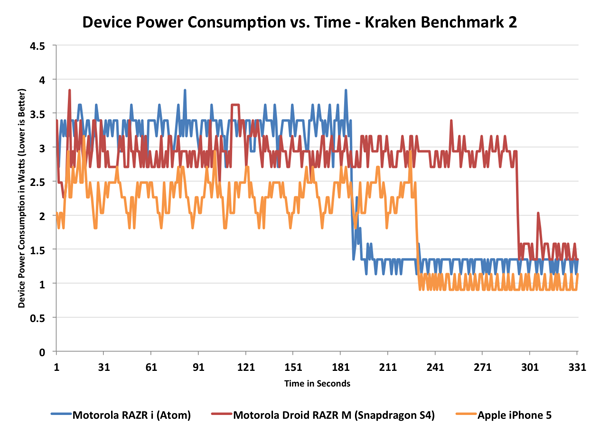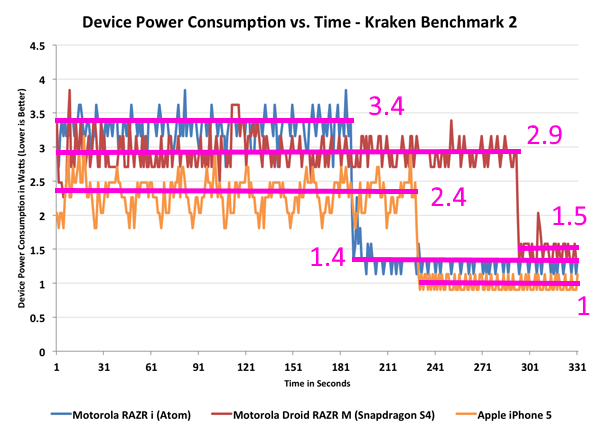Ah I see where the problem lies. I commented on the race-to-sleep design and it was taken to mean that I think that it is the only thing that matters, which is absurd of course.
Edit: I thought the line of argument that wumpus was following was this.
- Apple CPU had higher single chip perf compared to Qualcomm chips.
- This allows it to finish tasks faster and take advantage of the race-to-sleep design better.
- Thus it is more efficient just basing on the fact that it can utilize the design more.
That was what I though I was reading because I agreed with the argument. I was scratching my head why would anyone oppose a simple argument like that. Especially when Intel and Toshiba etc advertise their SpeedStep and Inverter technologies as more energy efficient when it first started becoming popular decades ago.
Now it makes more sense. You guys think that I take the position that it is the ONLY thing that drives efficiency. Which is patently absurd.
Edit2: It’ll be helpful to me to point out what is the post I made that gave that impression? Will be interesting to look at the language I used to convey that.

